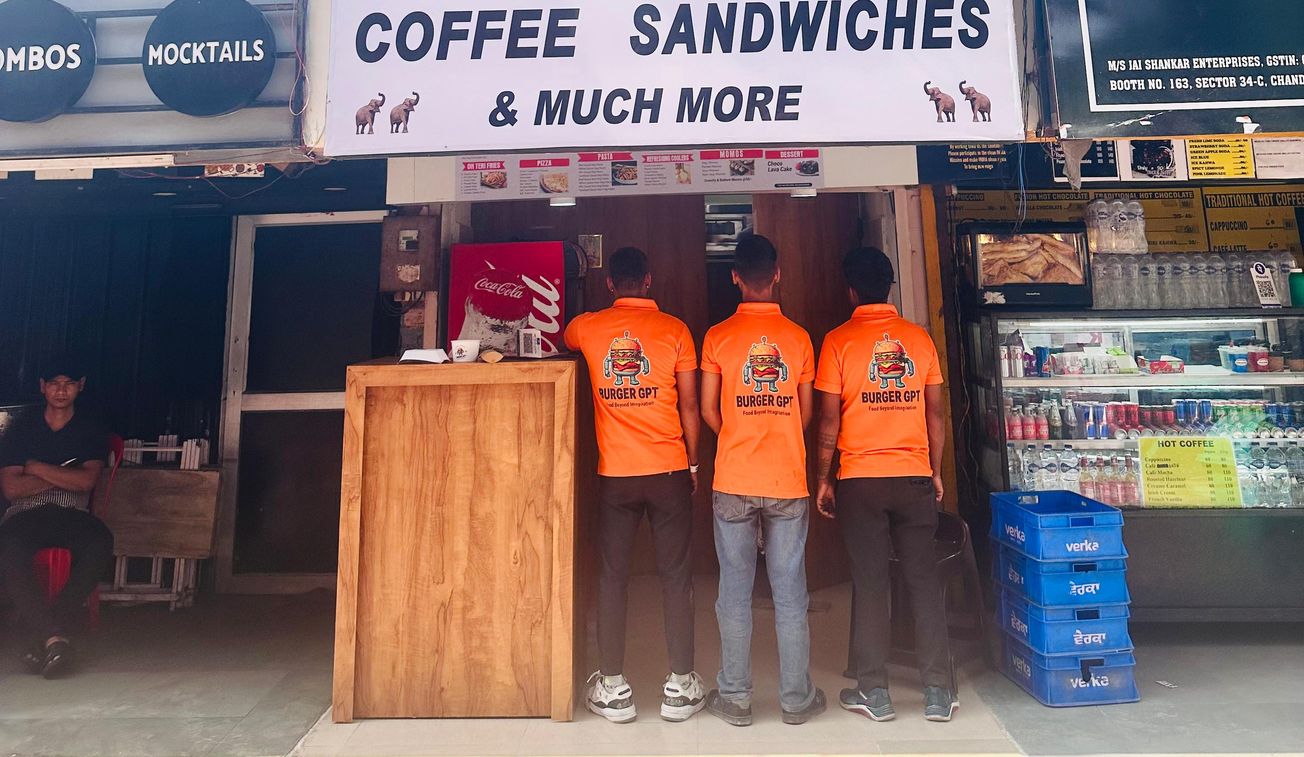The nation-possessed installment organizations of Unified Payment Interface (UPI) and Rupay cards have combined its piece of the pie against unfamiliar partners, such as Mastercard and Visa. Visa and Mastercard are losing a part of India’s pie to indigenously created installment arrangement of UPI and Rupay Card whose offer has arrived at 65% of the installments done through charge and Visas, said Finance Minister Arun Jaitley (1) on a social site post. While UPI gives the office to move assets between two records connected to cell phones, Rupay permits installment among banks and dealers for purchases made with credit and charge cards.
Dispatched six years back, Rupay picked up unmistakable quality during the beginning of the executive’s leader account opening system Jan-Dhan Yojna. RuPay professes to consider global banks’ clients, including private, helpful, and provincial rustic bank clients. This brings the absolute number of banks giving RuPay cards to more than 1000. The Rupay Card is utilized at the Point of Sale (PoS) and web-based business. Its exchanges have expanded from Rs. 8 billion preceding Demonetisation to Rs. 57.3 billion in September 2018 for PoS and from Rs. Three billion to Rs. 27 billion in web-based business, added Jaitley.
In contrast with its worldwide opponents, Rupay is more financially savvy. Four months prior, Visa had cut the charge collected on homegrown check card exchanges to keep up in the Indian market, quickly losing a piece of the overall industry to homegrown players. While UPI, which is only two years of age, exchanges have developed from Rs. 0.5 billion in October 2016 to Rs. Five hundred ninety-eight billion in September 2018. The BHIM application exchanges have likewise gone up. Utilized by 125 million individuals, the estimation of BHIM exchanges has gone up from Rs. 0.02 billion in September 2016 to Rs. 70.6 billion in September 2018. Jaitley said the portion of BHIM exchanges in general UPI exchanges is about 48% in June 2017. Among different things to advance computerized installments, the govt had boosted advanced installments made through Bhim application and Rupay card a couple of months prior.
In June this year, Prime Minister Narendra Modi had engaged the nation’s residents to serve the country by utilizing Rupay charge/Mastercards. Mastercard had whined to the US government about Modi using patriotism to advance a neighborhood rival. In February this year, Visa and Mastercard were first answered to have been losing a piece of the pie to UPI exchanges that arrived at practically a large portion of the estimation of charge and Mastercards swiped at stores.
The Global Plan: MDR and NPCI
Retail installments association, National Payments Corporation of India (NPCI) on Wednesday, said that MDR, the cost which is paid to banks and installment specialist co-ops (PSPs), during an exchange, for setting down UPI acknowledgment framework is basic for overhauling and spread of the UPI in the nation.
“MDR is important because it reserves the acknowledgment, adjusting and getting the framework for UPI in the nation, and we are attempting to get MDR back,”
said Dilip Asbe, MD and CEO, NPCI, which works the UPI foundation of the nation, at the virtual Global Fintech Festival 2020. In India, the worldwide conventional goliath’s Visa and Mastercard are losing their enduring strength to UPI (Unified Payment Interface) based exchanges as the administration boosts nearby components.
According to Investopedia, to comprehend the reasons, here’s how a virtual card exchange works for Visa and Mastercard. A normal Visa/Mastercard exchange includes four different gatherings: the record holder or shopper, the responsible bank, the trader, and the vendor’s gaining bank. Ordinarily, a record holder utilizes a Visa/Mastercard marked card to buy with a vendor. When the exchange is approved, the guarantor bank pays the exchange’s expense (less a trade charge) to the acquirer bank. The record-holder is then charged the expense of the conversation, less a dealer rebate. Exchange charges are key in offering incentives to shippers who acknowledge Mastercard installment items; Visa/Mastercard doesn’t create income from these expenses. The shipper rebate expense assists with taking care of costs for the acquirer bank. Visa/Mastercard charges the money related foundations that issue cards a payment dependent on net dollar volume of record holder movement. The organization likewise procures income from exchanged exchange expenses.
The Indian government dispatched a local minimal effort contender to Visa/Mastercard called Rupay in 2012 and has been advancing it forcefully. Rupay got a significant lift through the PMJDY money related incorporation plot. UPI is a moment continuous installment framework created by National Payments Corporation of India encouraging between bank exchanges on versatile stage. In January 2020, the government had introduced a zero MDR on Rupay and UPI transactions. MDR was a source of funding the e-transaction fees for the banks, who would pay a cut to Visa/Mastercard. This fee was transferred to the consumer through merchants.
Consumers and Transactions
Making MDR zero for Rupay and UPI will result in customers and merchants accelerating these types of transactions. The banks will not appreciate and will not be incentivized to promote Rupay and UPI. The government is countering this by subsidizing the acquirer fees and eventually hoping that the reduction in overheads from cash-based transactions will fund the digital transactions. It might put brakes on the Digital Payment acceleration due to reduced incentives, but the growth has been to be on the right track so far.
Portraying the choice as astonishing and will stop venture and development, Vishwas Patel, the Payments Council of India Chairman, stated, “the zero MDR on RuPay and UPI will execute the business and make the plan of action unviable. It resembles the nationalization of the installments business. On the chance that the administration needs to drive digitization, it should bear the expense. Expressing that there will be a huge negative effect on the installment environment – advancement, work misfortunes, and a log jam in developing the computerized installments, he said the move would prompt finish of client motivator spends by members.










